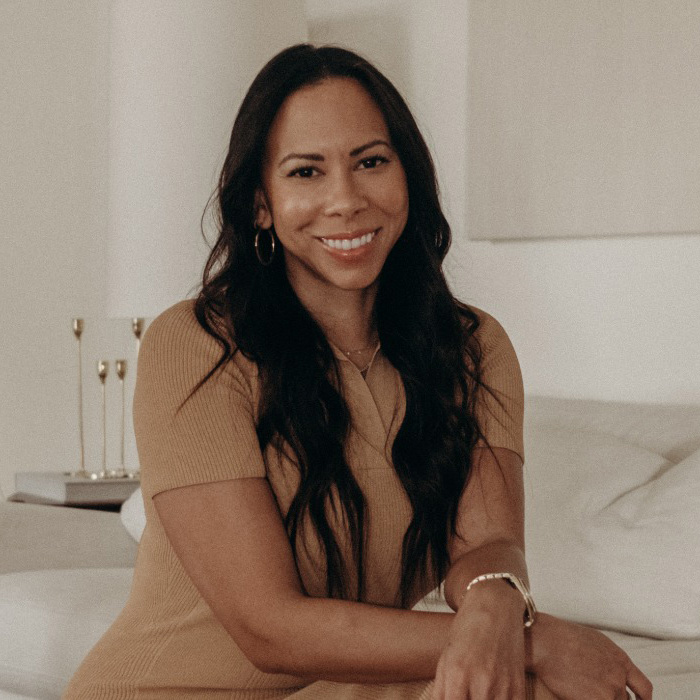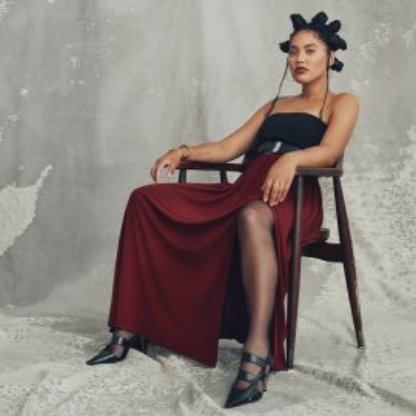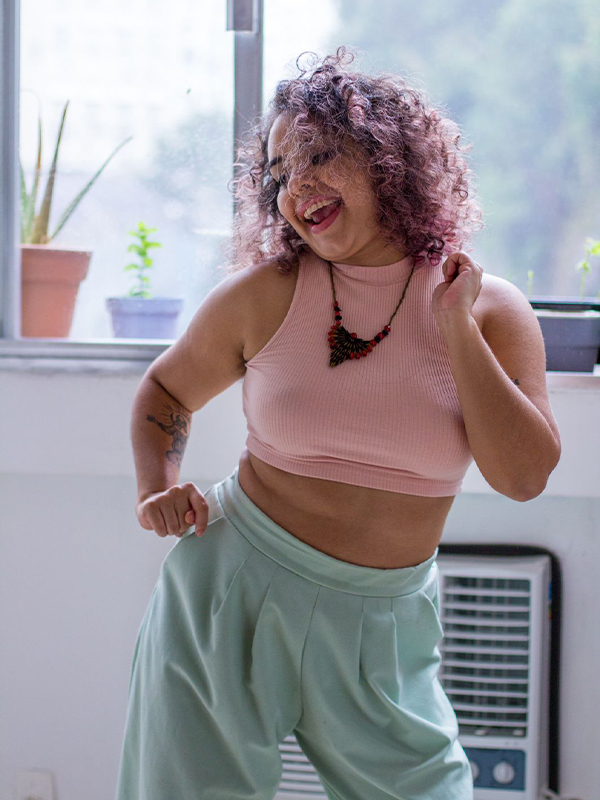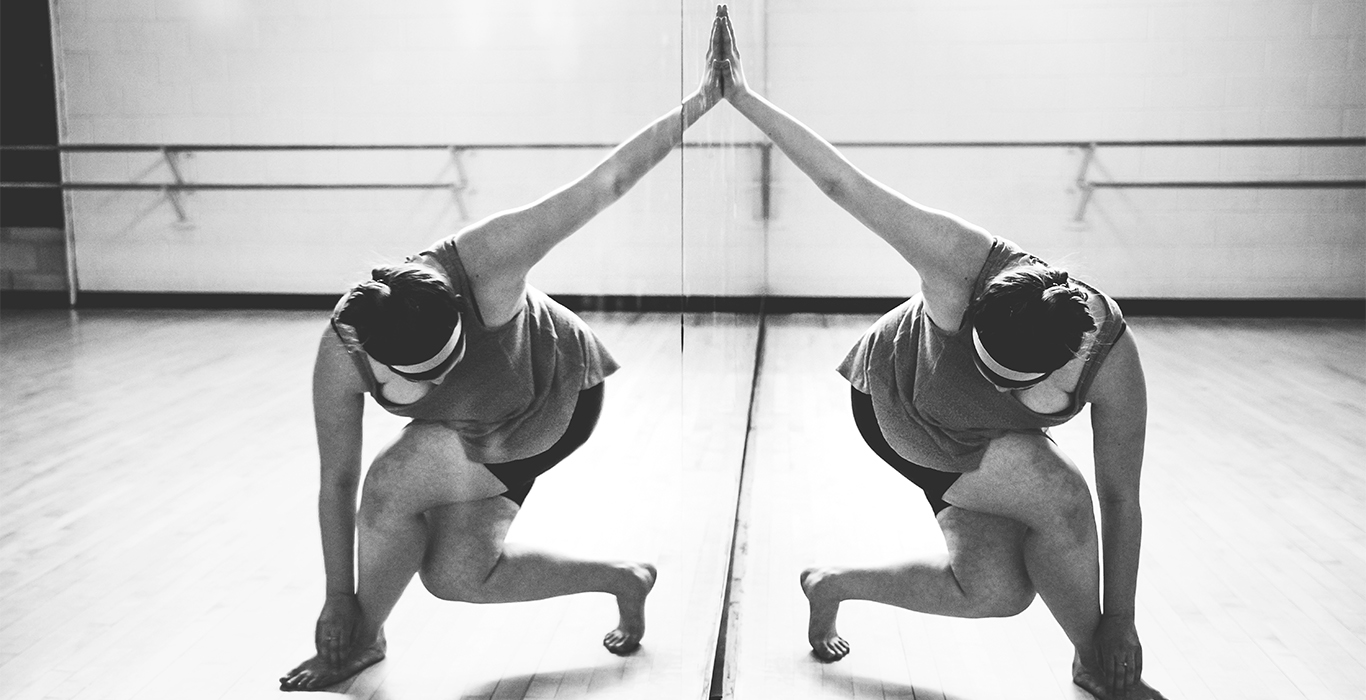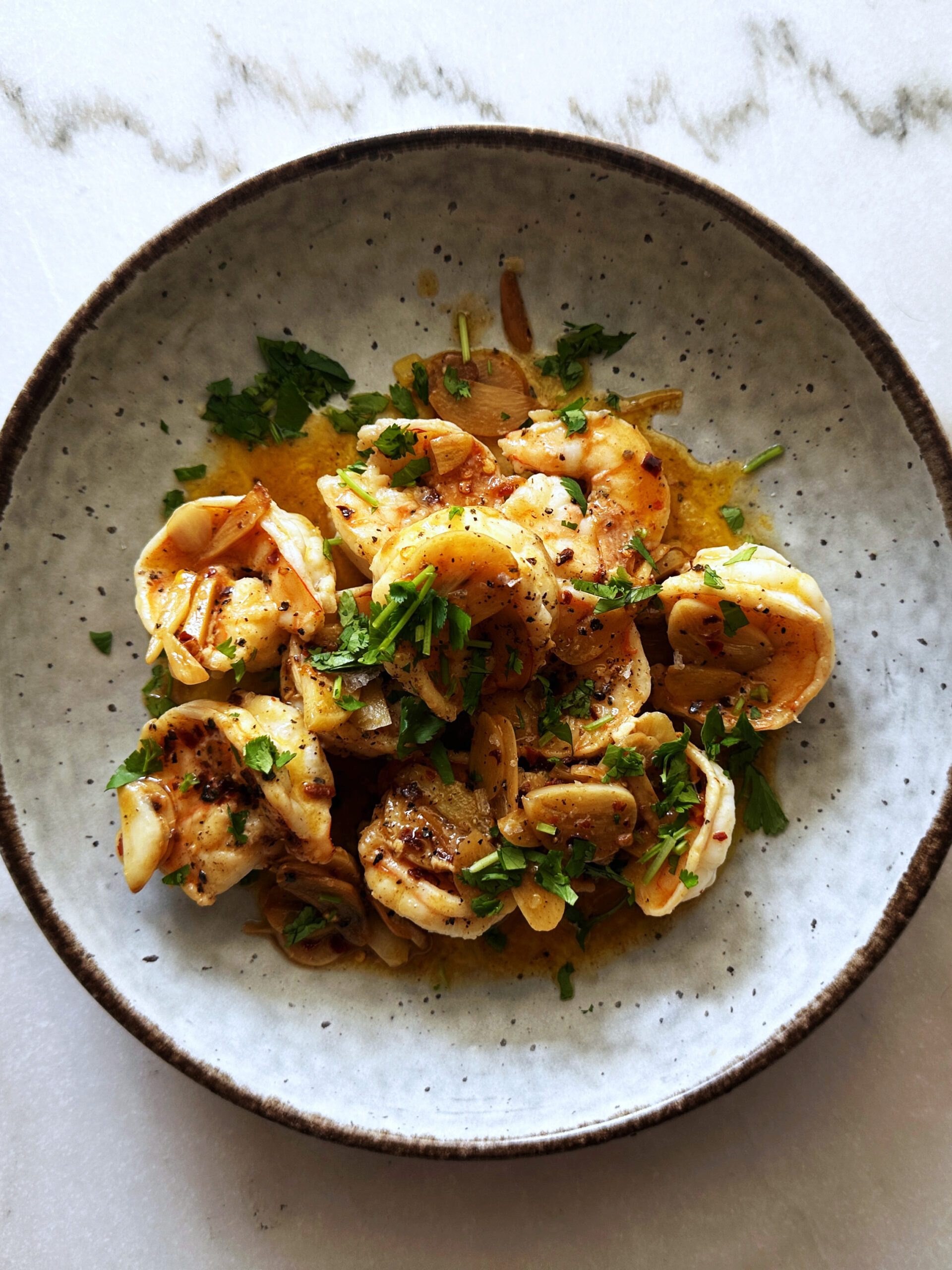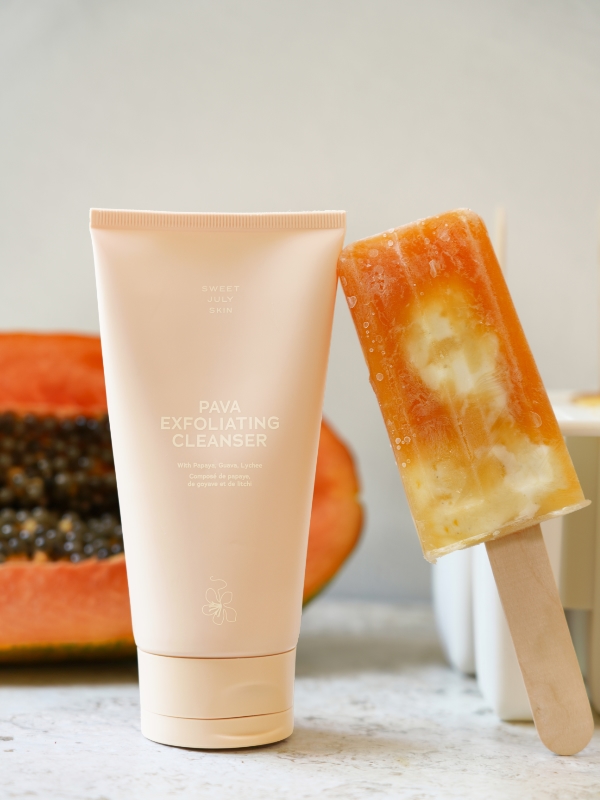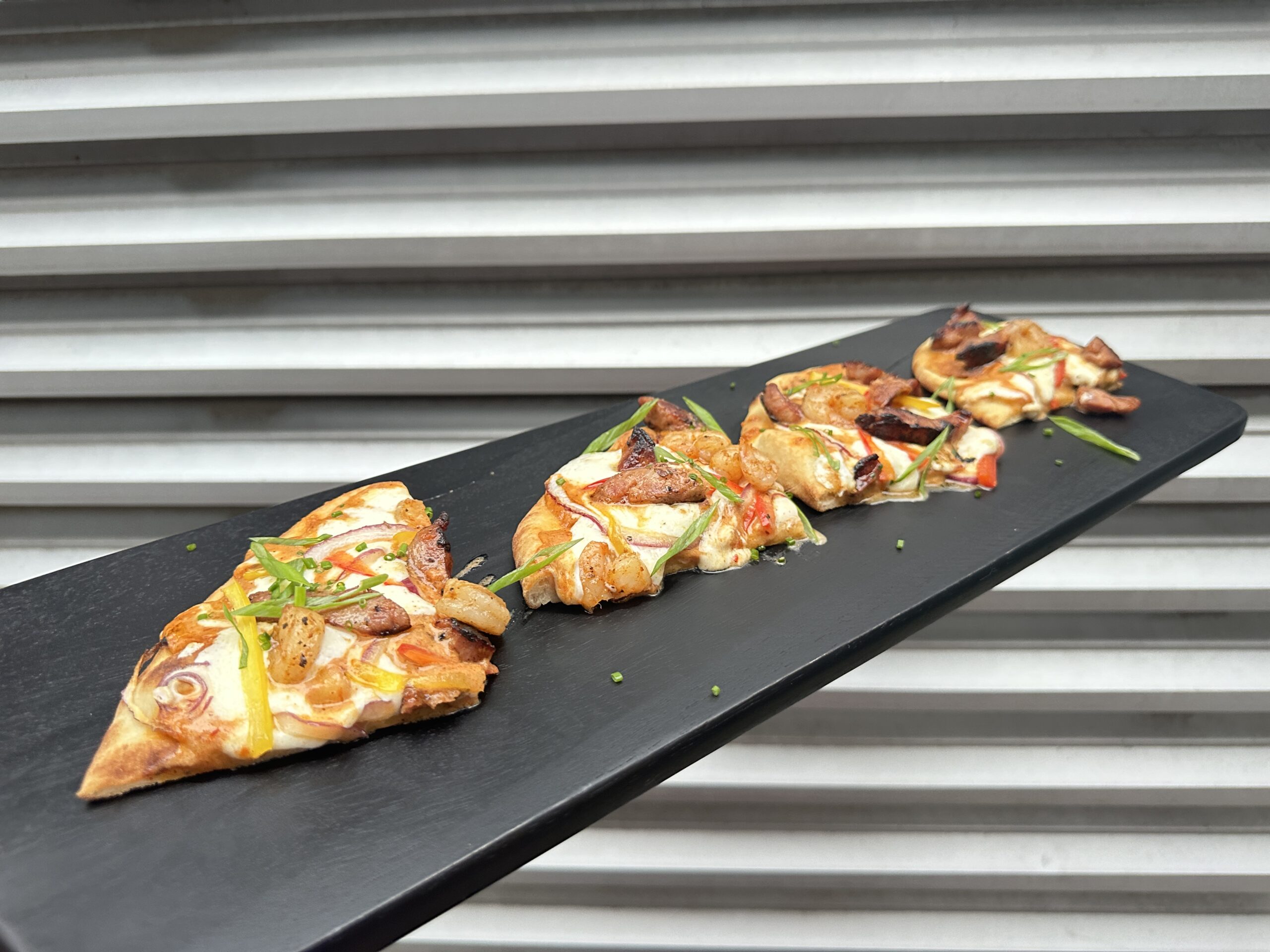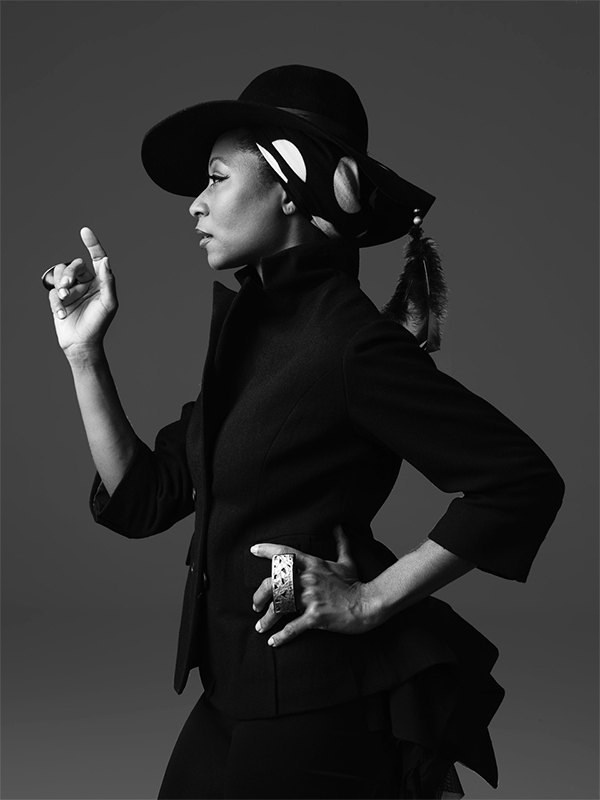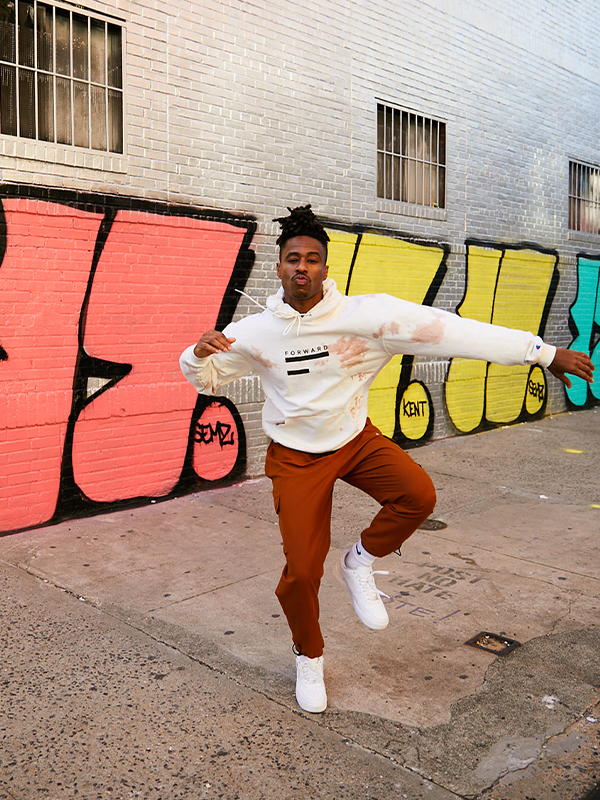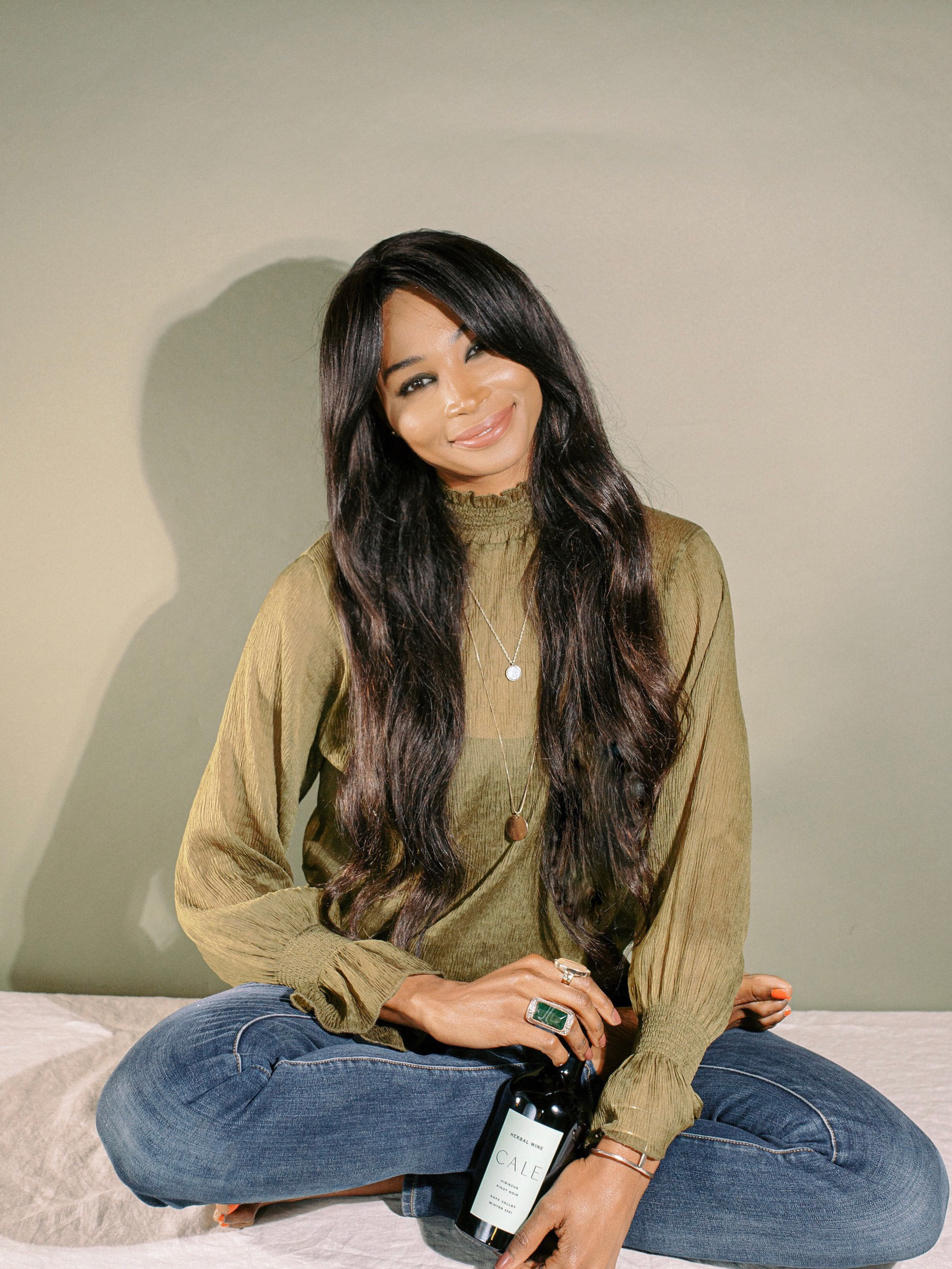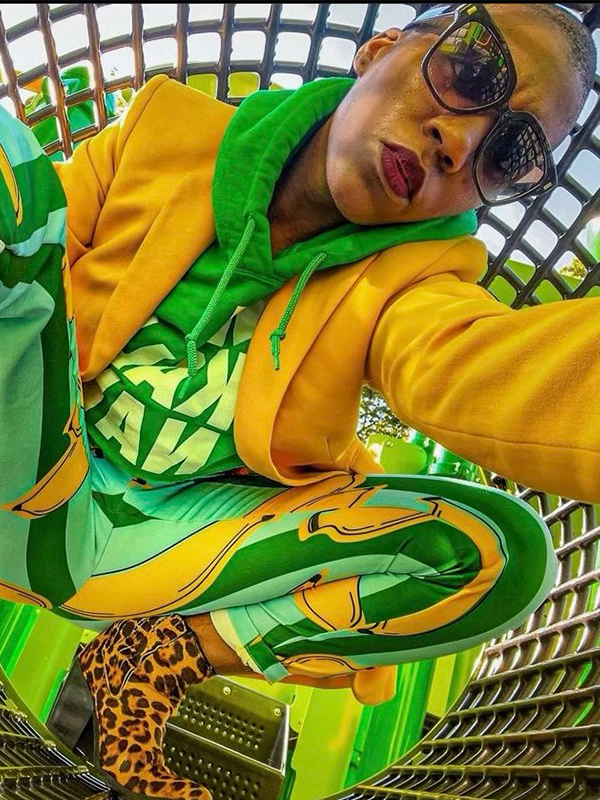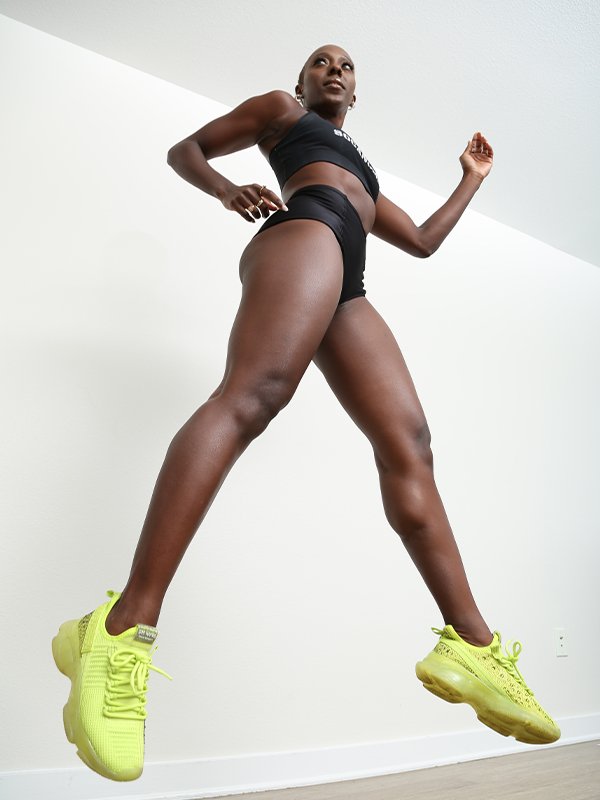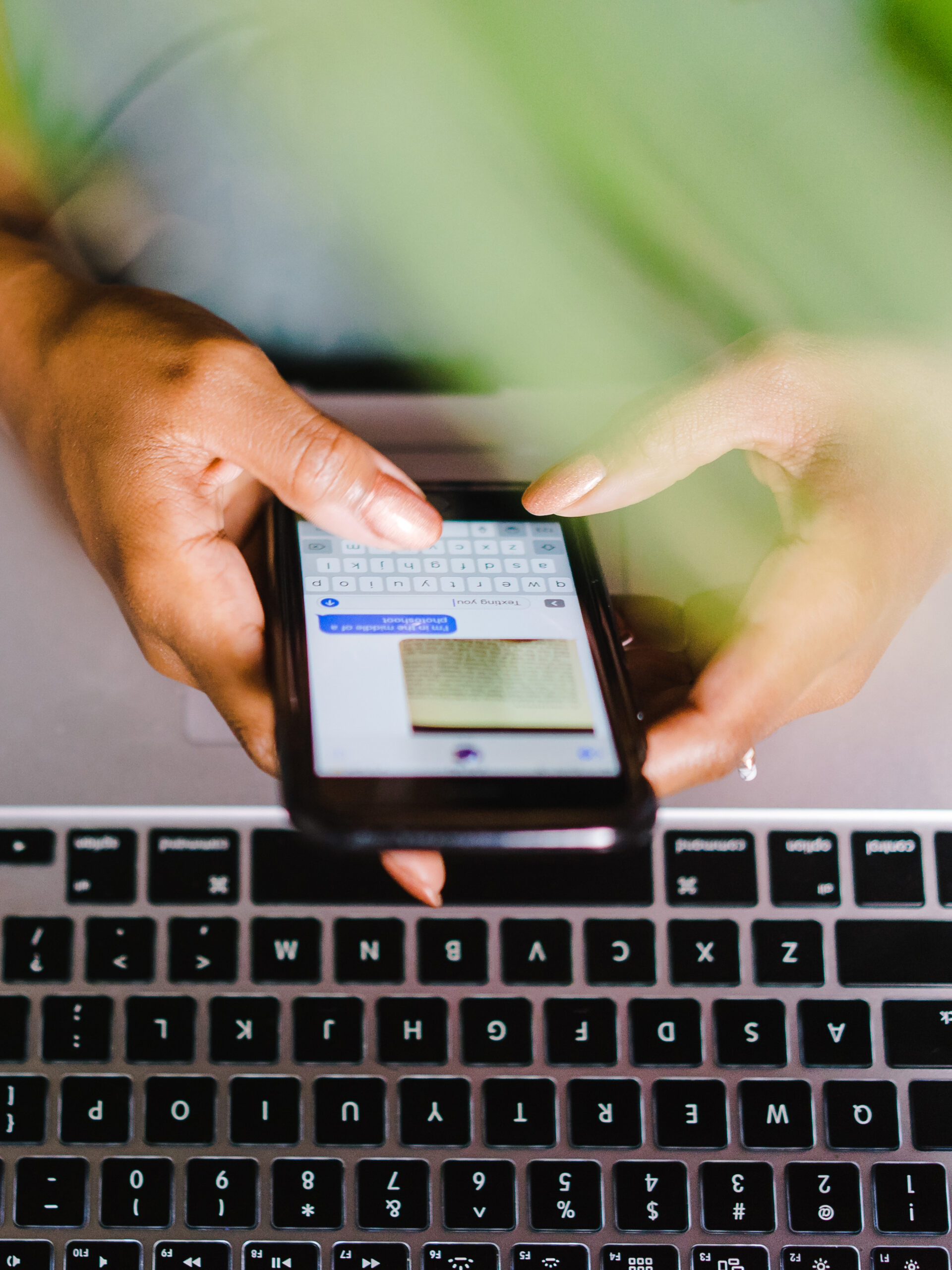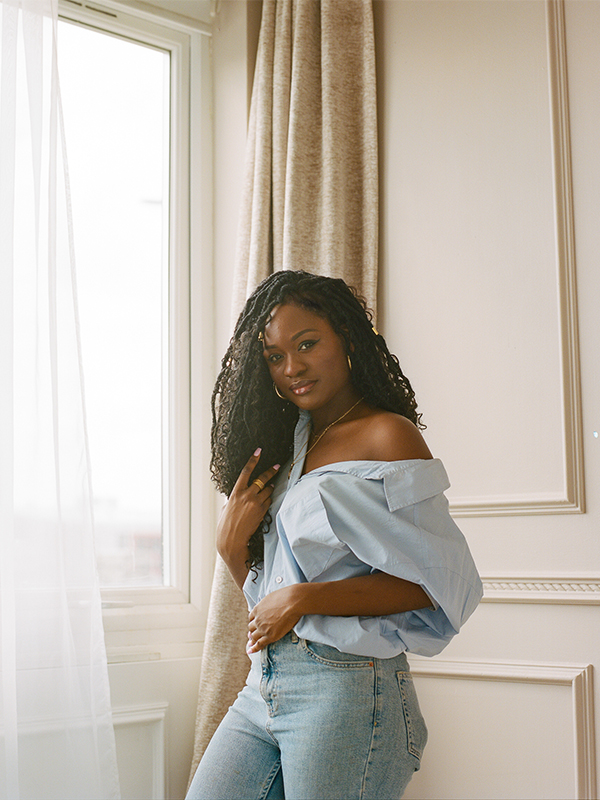One of my favorite lines from Audre Lorde’s life-changing essay “Uses of the Erotic” is about dancing. Describing how women can connect to their bodies, Lorde writes: “[An] important way in which the erotic connection functions is the open and fearless underlining of my capacity for joy, in the way my body stretches to music and opens into response, harkening to its deepest rhythms so every level upon which I sense also opens to the erotically satisfying experience […]”
For Lorde, dancing is a tool to challenge societal expectations of women’s lives and bodies, not a vessel for men’s pleasure (as it’s often solely viewed).
I only really started to understand what she meant after my first salsa class. I was newly single in a city I didn’t know very well, so I started going to salsa lessons once a week to get out of my apartment, where I tended to feel lonely and powerless. Paying attention to how I moved my body to the beat of the music allowed me to be present and forget my worries for a few minutes. It gave me the kind of relief that opened up space for creativity and hope for the future.
I stopped thinking about my break-up, my seasonal depression and my regret in having moved to such a cold, dark city and started thinking about the solidity of my body, the swing of my hips, and the sheer joy I felt when I managed to dance in sync to the song. My body stretched to music and opened into response, as Lorde has described it, and I could finally see the possibilities my brain had fogged up in negative intrusive thoughts.
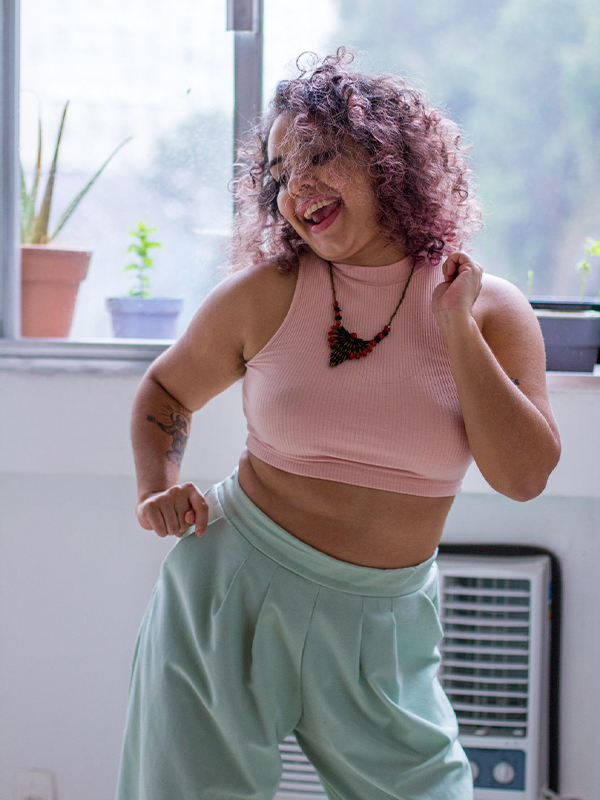
I’m definitely not alone in discovering the positive effects dancing can have on your mental health. Donna St. Hill, an economic development advisor based in Johannesburg, says practicing Mzansi Step—a little-known kind of South African dance workout—has been a game changer for her mood and self-esteem. “Even if I’m doing it at home alone, I notice I’m smiling to myself,” she says.
For St. Hill, learning and practicing Mzansi Step choreography takes her mind off of negative thinking patterns because she has to tune into her body. “In the Caribbean, we say ‘play yourself,’ which means that you can tune your body like an instrument and that’s how I feel doing this kind of dance exercise—strong, powerful and accomplished,” she says.
Similarly, my salsa lessons demanded that I engage mentally with my body. Like St. Hill, I often found myself smiling while dancing, simultaneously focusing on my body and letting go of whatever was bothering me at that moment. It was a sweet spot where exercise, joy and forgetting my problems converged to give me relief.
It was gloomy and freezing at 7 p.m. when my salsa class started. But for an hour and a half, I could simply focus on the heat created by my body.
“In that dance room, while paying attention to my movements, I realized that my body is just a body, a vessel to carry me through the world.”
That salsa class was only the beginning. In a twerking class I went to last October, the AfroFunk instructor spoke about how women dancing with abandon, just to have fun, are generally frowned upon in society. “Society thinks women having fun is frivolous,” she said to a class full of women shaking their booties. “This kind of activity isn’t productive; it’s just for us, to bring us happiness. That’s why people are prejudiced against it.”
Other women have revealed to me that dancing has been essential in their journey to accept their bodies and step into their bodily autonomy.
For Jasmin Joseph, a producer and manager based in LA, the functionality of her body while dancing is what gets her out of her head. While practicing Brazilian samba and also experimenting with other kinds of Latin American dance, Joseph improved her stamina and started admiring what her body can do rather than what it looks like.
“The greatest improvement in my relationship with [my body] is a shift in perspective from the aesthetic value of exercise to its functional value,” says Joseph. “Now I can see that improving my strength and conditioning is not solely about how my body is perceived by others, but rather my comfort and experience in the dance.”
For Arionne Nettles—a journalism professor based in Chicago who practices a mix of modern, ballet and African dance techniques to combat seasonal depression—the movement and community around her classes helped her smile more and generally feel her feelings. An added bonus was an improvement in how she perceives her body. “I found myself not wasting time on critiquing how my body looked—outside of technique—and instead, just enjoying all of what it can do,” says Nettles.
In that dance room, while paying attention to my movements, I realized that my body is just a body, a vessel to carry me through the world. There’s no morality inscribed in my skin that I have to answer to; there are no body standards I have to subscribe to. It’s just me, the music and how I want to move.
As we twerked to the heavy Brazilian funk beat, the instructor went deeper into the taboos of women’s bodies. “They don’t want to see us have pleasure, our joy is scary to society,” she chanted.
The more I continue to dance for myself, the more I feel that my body deserves to feel pleasure—no matter what it looks like.



